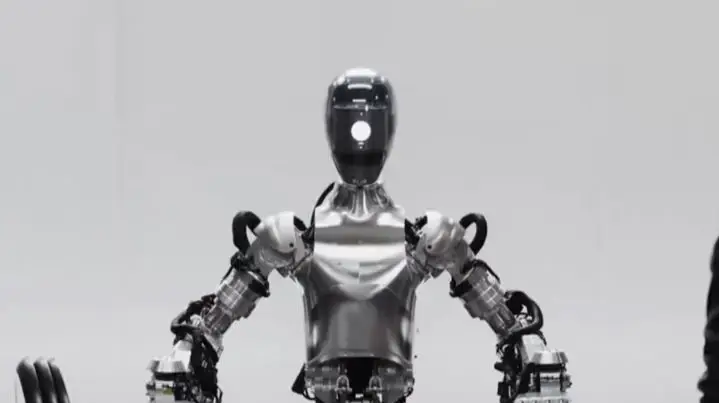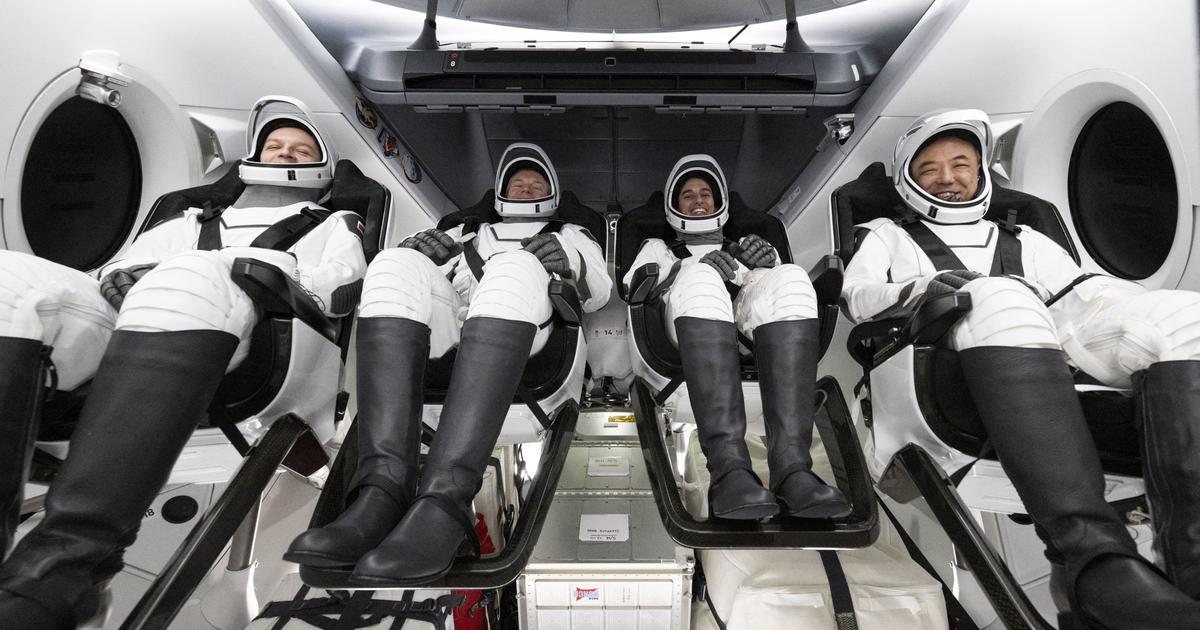On the second attempt, the docking maneuver of a Soyuz capsule to the International Space Station ISS worked. This reports the US space agency Nasa. In addition to food, the Russian capsule also has medicines for the crew as well as a human-like robot called "Fedor" aka "Skybot F850".
"Fedor" is 1.80 meters tall, weighs about 160 kilos and is similar to a human body. He has his own Twitter account, which reports about working with the robot in Russian. After "Fedor" had reached the ISS, he apologized there for the delay. There was a traffic jam. He is now ready to continue his work.
Together with "Fedor" live three Americans, two Russians and one Italian on the ISS. They are to test and improve the capabilities of the robot for ten days. According to the Russian space agency Roskosmos, the astronauts of the ISS are to observe how the fine motor skills of the robot work in weightlessness - for example, when it reaches for tools.
Docking confirmed! While flying about 250 miles above Eastern Mongolia, at uncrewed Soyuz MS-14 spacecraft successfully arrived and docked at the @Space_Station at 11:08 pm ET. Get more details: https://t.co/FRrjhIw77o pic.twitter.com/Mny4KFHUY4
- NASA (@NASA) August 27, 2019In the future, "Fedor" should then also work in field operations at the ISS, said Roskosmos boss Dmitry Rogozin according to the agency Interfax.
Technical problem at the ISS
Previously, the docking maneuver had been canceled on Saturday due to a technical problem with the radio. The "Soyuz" capsule was then controlled at a safe distance. The space travelers at the outpost of humanity about 400 kilometers above the earth should not have been in danger. The carrier rocket with the "Soyuz" capsule was launched on Thursday from the Baikonur Cosmodrome in Kazakhstan.
Space Center Yuzhny / TsENKI HANDOUT / EPA-EFE / REX
Even before the current Russian mission, there were robot projects in space: In 2011, the Nasa brought the "Robonaut 2" into space, which was phased out in 2018 due to technical problems. In 2013, Japan transported a small robot to the ISS, which was able to speak - but only Japanese.





/cloudfront-eu-central-1.images.arcpublishing.com/prisa/LFO6NYKDYNGQJMNQRNDG6YRK7Q.jpg)



